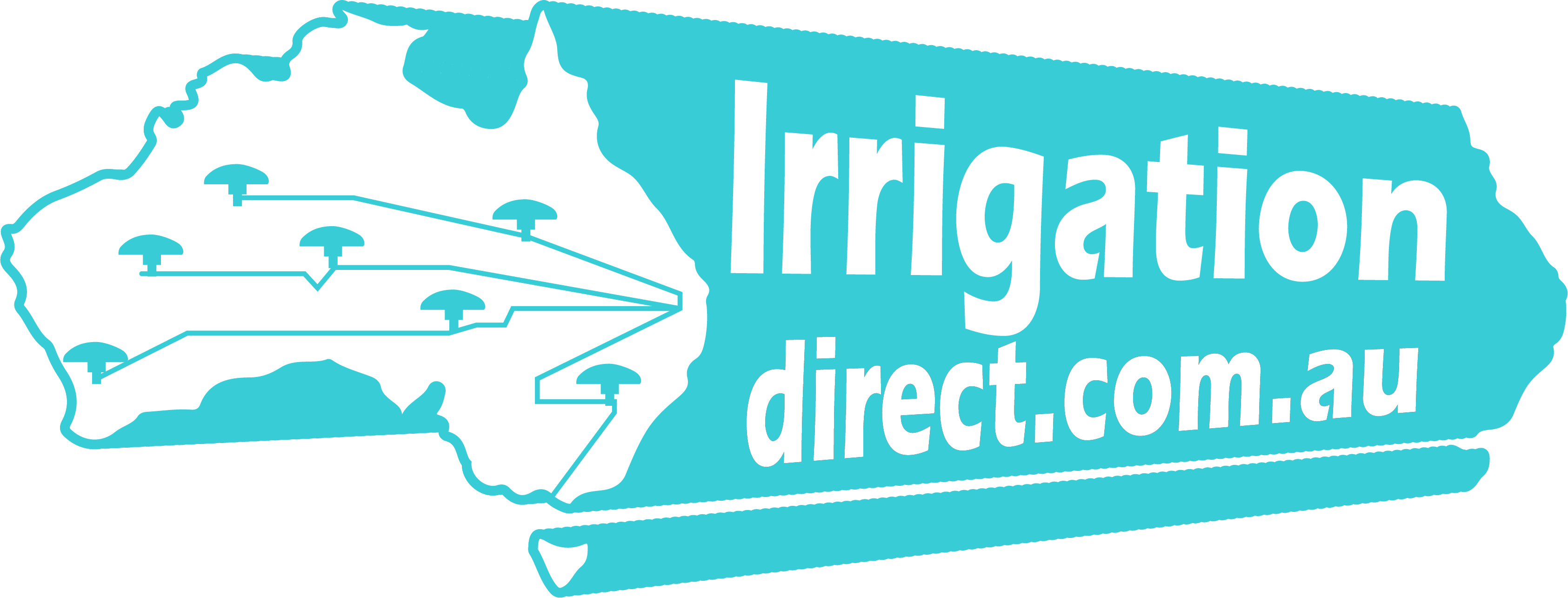Variable Speed Control
Lowara – Variable Speed System Controller
Hydrovar
Hydrovar is a pump mounted variable speed, micro- processor based system controller, and was the world’s first of its type to manage motor speed and hence match the pumps performance in numerous water applications. It is fully programmable on site and due to its unique modular design it can be mounted directly on centrifugal pumps with standard IEC motors. Available in Master, Single or Basic variants, ensuring the correct solution for your application.
Applications
- Constant pressure water supply for residential, civil and commercial buildings
- Constant pressure boosting and transfer for irrigation and turf water systems
- Constant temperature for heating & cooling applications
- Control of tank or reservoir levels with input from probes or level transducer
- Flow control for when a constant flow rate is required against varying system pressures
- Wall mounted options to control submersible or remote pump applications
Specifications & Features
- Master Hydrovar – all inclusive for single or multipump applications
- Single Hydrovar – for single pump applications only
- Basic Hydrovar – for single or multi pump slave applications
- Power 1.1kW to 22kW pump mounted, for higher kW use HYDROVAR SMART
- Single phase 1.1kW to 2.2kW / Three phase 2.2kW – 22kW
- Temperature limitations; 1 ̊C to 40 ̊C, de-ratable to50 ̊C
- IP55 enclosures as standard
- Standard ModBus Protocol for easy integration intoBMS systems
- Inbuilt sensing monitors for under and over voltage, overload, drive and motor over temperature, no flow and transducer failure
- Real time clock for error logging
- Full status menu for easy diagnostics
- Simple menu structure for easy commissioning or adjustment
Energy Savings
Varying the speed of a pump ensures maximum efficiency and when the demand is low, you only consume the power that is required for the duty at hand. In multiple pump applications, only the number of pumps required to deliver the duty will ever run at the most efficient speed. This contributes to significant reductions in energy usage. Additionally when using multiple Hydrovars, due to the “soft start” nature of the technology and optimized speeds, the mechanical stresses are lowered thus giving additional savings in servicing costs. Both of these savings contribute to substantial reduction in Life Cycle Costs.
Retro Fitting
Hydrovar can be directly mounted onto virtually any model centrifugal pump motor, or wall mounted to control the motor remotely as for use in submersible pump applications. Thus an existing pump or pumping system can easily be converted to benefit from having Hydrovar control.
Benefits of using Hydrovar
• Maximize system performance
• Reduce energy consumption
• Reduce starting currents
• Eliminate bypass lines, pressure control and metering valves • Eliminate pressure pulsation and water hammer
• Increase reliability and service life
• Space saving
• Built-in friction-loss compensation
1. Constant Pressure (figure 1)
In this mode, the Hydrovar varies the pump speed as demand increases or decreases to maintain your required setpoint. In order to set the Hydrovar for this application, the pump should be selected so that the maximum pressure and flow required by the system is on or below the full speed performance curve of the pump (usually 2950 RPM).
2. Multi-pump Applications (figure 2)
• Full VFD System
Up to 8 Hydrovar Master controlled pumps can be operated together in parallel. No other control panels are necessary. The Hydrovar units are wired together through their RS485 interfaces. The microprocessors monitor the activity in each Hydrovar and pump to adjust the overall system performance. Auto changeover of lead pump is possible to ensure even wear throughout the system. This system offers full multiple redundancy.
• Master / Basic VFD System
A combination of Master and Basic Hydrovars can also be used to create a system. A total of 8 drives can be coupled in any configuration with the lead drive being a Master drive. The microprocessor of the lead Master Hydrovar will control the switching on/off, the speed of the Basic Hydrovars, and the rotation of lead pumps. No other control panels are necessary. The Hydrovar units are wired together through their RS485 interfaces.
• Partial VFD System
A relay card can be added to a Master Hydrovar which allows the control of an additional 5 fixed speed pumps. The Master drive will control the switching on/off of the fixed speed pumps. An ancillary control panel will be required to house the switch-gear for each pump.
3. Compensation for system losses
The Hydrovar can increase the discharge pressure of the pump as the flow increases to compensate for the added friction losses in the system. This allows the pumps to “follow the system curve”. To do this, the operator enters the percentage increase in discharge pressure required at the maximum speed and flow. In addition, the operator selects the speed at which this increased pressure will start.
The pump should be selected so that the maximum flow is on or below the pump curve. An alternative method is to use a differential pressure transducer on a circulator suction and discharge. The Hydrovar will automatically compensate for system pressure drops.
4. Constant flow
This method allows the operator to set a required flow in either circulator or process applications. The actual flow value can be measured either by means of a flow sensor or by using an orifice plate in combination with a differential pressure transducer. As demand changes the Hydrovar increases pressure to maintain flow. The pump should be selected so that the flow required is near to the maximum efficiency point of the pump and the maximum pressure required is within the scope of the pump performance at full speed.
5. Hydrovar operated in Actuator mode
In actuator mode the Hydrovar will vary pump speed in accordance to a 4 to 20 milliamp external source. In this case the built in controller system is not utilised.
Other control methods such as constant level & constant temperature control are also possible.

































